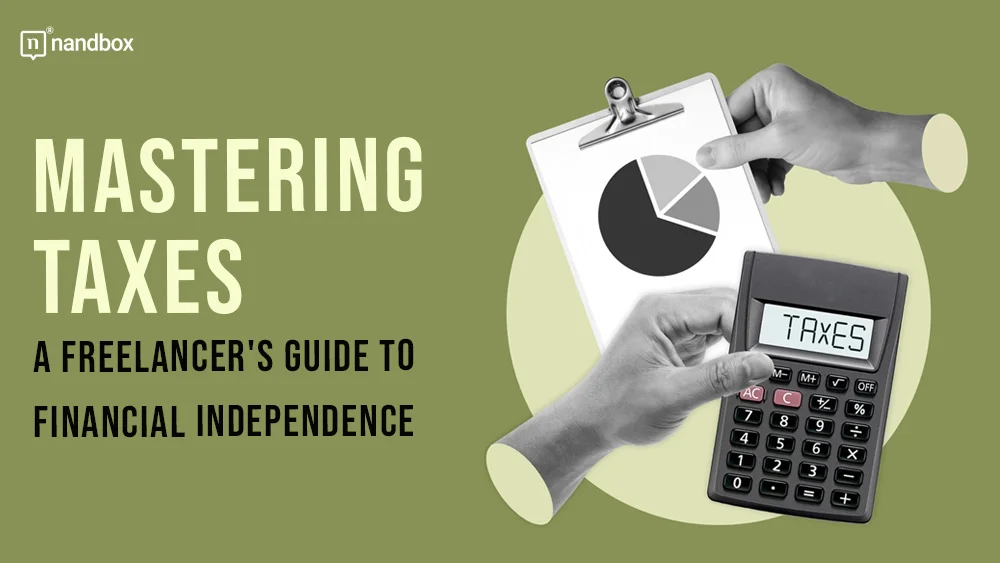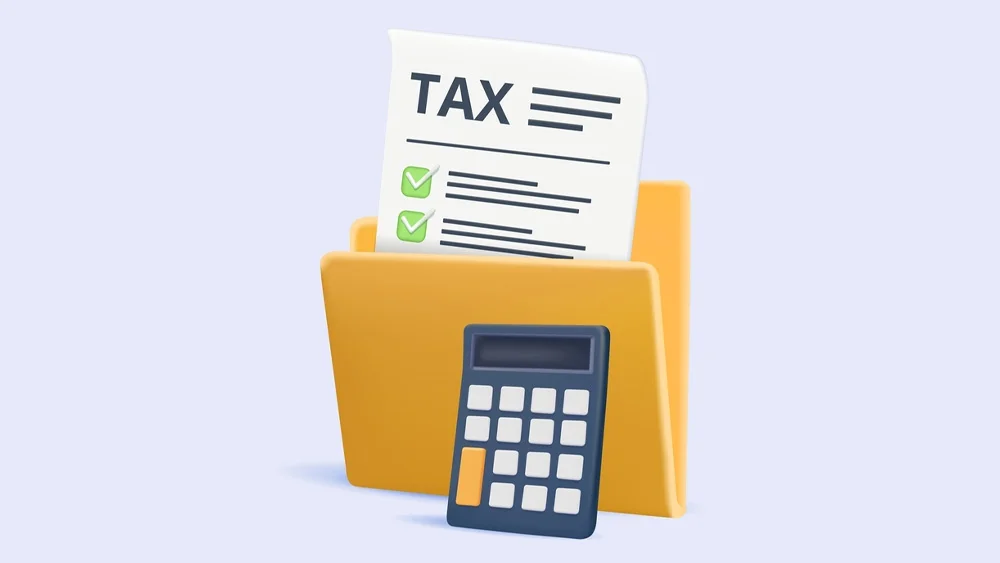Mastering Taxes: A Freelancer’s Guide to Financial Independence
In today’s gig economy, more and more people are opting for the independence and flexibility that come with freelancing. Although working for yourself and having total control over your schedule may be very rewarding, it also comes with a unique set of challenges, especially when it comes to tax obligations. It’s critical to understand your tax responsibilities as an independent contractor and how to calculate your tax liability in order to prevent unpleasant surprises and ensure legal compliance. This article will go over the tax obligations that independent contractors should be aware of, the challenges they can have in maximizing their tax deductions, and the tools available to them to guarantee accurate tax preparation and submission.
Calculate Your Tax Liability: Understanding the Basics
The most common question asked by freelancers is, “How much tax do I owe to the IRS?” Unlike employees, who have taxes deducted from their paychecks automatically, independent contractors must calculate and submit their taxes on their own. To determine the amount you owe, you need to consider several factors, including your income, business expenses, and deductions.
Determining your tax liability may be challenging, especially if you are unfamiliar with the tax code. However, there are tools available to streamline the process. One such tool that helps independent contractors estimate their tax responsibilities concerning their incomes, outlays, and deductions is a small business tax calculator. Entering the required information allows freelancers to estimate their tax liabilities, allowing them to create suitable budgets and strategies.
Quarterly Estimated Tax Payments: What Freelancers Need to Know
One of the main aspects of freelancers’ tax obligations is the requirement to make quarterly estimated tax payments. Unlike ordinary employees, who have taxes withheld from their paychecks throughout the year, freelancers are required to pay these expected taxes quarterly. These payments are intended to cover income tax as well as self-employment taxes, which include Medicare and Social Security levies.
Overcoming Challenges: Budgeting for Quarterly Tax Payments
For independent contractors, quarterly tax payments can be a significant obstacle since they need careful planning and budgeting. It might be challenging to determine how much to pay a freelancer because their income fluctuates from month to month. Paying too little might result in penalties and interest expenses while paying too much could obstruct vital money flow. In this case, a quarterly tax calculator might be quite helpful. By inputting your income and expenses for each quarter, the calculator can estimate your tax liability, helping you to make more accurate and timely payments.
Maximizing Tax Savings: Strategies for Independent Contractors
Maximizing tax savings is another area where freelancers face challenges. Unlike ordinary workers, who may qualify for a range of tax advantages through their employers, freelancers only need to comprehend the tax code. Independent contractors might benefit from a variety of needs-specific credits and deductions to help reduce their tax due.
Leveraging Deductions: Key Tax Breaks for Freelancers
One of the most common deductions for independent contractors is the home office deduction. Some costs, including rent, energy, and internet bills, that come with running your home-based business may be deductible. Another advantage accessible to freelancers is the self-employment tax deduction, which allows you to deduct the employer part of your self-employment taxes.
Opportunities for Additional Savings
In addition to tax deductions, freelancers may be eligible for certain tax credits. The Earned Income Tax Credit (EITC) is one refundable benefit available to those with low to moderate salaries, including independent contractors. The Child and Dependent Care benefit is another benefit that may help independent contractors with the expense of daycare while they work.
Managing Finances for Tax Purposes
To maximize tax savings, independent contractors must keep thorough records of all of their income and expenses. They need to keep track of the bank statements, invoices, and receipts to justify their deductions and credits. By keeping track of their finances throughout the year and ensuring they are claiming all possible credits and deductions, freelancers can reduce their tax bills.
Streamlining Tax Filing: Tools and Resources for Freelancers
As a freelancer, filing taxes may seem challenging, but there are resources available to help streamline the procedure. Online tax filing platforms designed specifically for independent contractors can help ensure accuracy and speed up the process. These platforms often have built-in features that cater to the specific needs of independent contractors, such as keeping track of revenues and expenses, calculating tax deductions, and generating the necessary tax documentation.
In Conclusion
To sum up, all independent contractors must understand their tax obligations and how to calculate tax liability. The ability of a freelancer to accurately calculate their tax responsibilities, make timely quarterly payments, and maximize tax savings can have a significant influence on their financial stability. Freelancers may simplify the tax process and feel more secure about their capacity to pay their tax obligations by using tools like small business tax calculators and quarterly tax calculators. By being informed and utilizing the resources at their disposal, freelancers may maximize their financial situation and ensure that they comply with tax laws.






